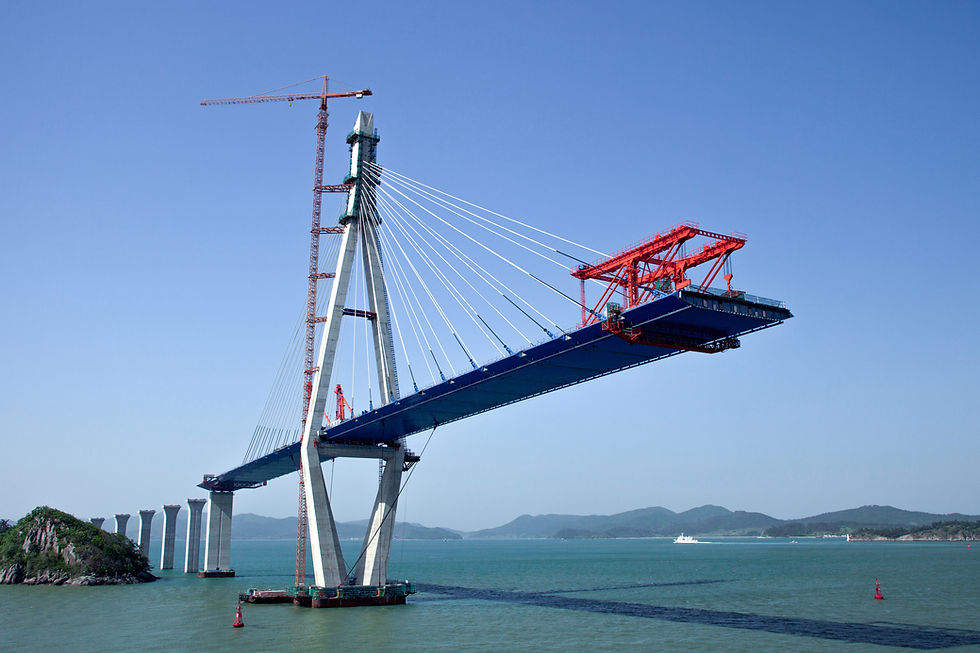Illuminating the Battlefield: Conducting an Effective Environmental and Competitor Analysis
- Martin Haley | Normaraties Limited

- Jun 6
- 3 min read

In the complex landscape of modern business, developing a successful strategy requires a deep understanding of the terrain. This is where an environmental and competitor analysis comes into play, providing crucial insights that inform strategic choices and enhance the likelihood of effective strategy implementation. Neglecting these analyses can lead to strategies that are irrelevant, easily outmanoeuvred, or fail to account for critical external factors.
To conduct a robust environmental and competitor analysis, consider the following steps:
Define the Scope: Begin by clearly defining the industry and the specific areas relevant to your organisation. Avoid defining the industry too broadly or narrowly. Consider your organisation's vision and desired outcomes to guide the scope of your analysis.
Analyse the Macro-Environment: Examine the broader external forces that can impact your organisation. A common framework for this is PESTEL analysis, encompassing political, economic, social, technological, environmental, and legal factors. Consider global events, policies, laws, and relationships between countries where you operate. Understanding these can reveal potential opportunities and threats. It's also important to be aware of VUCA environments – volatility, uncertainty, complexity, and ambiguity – which are increasingly common.
Understand the Industry Structure: Delve into the specifics of your industry using well tested and enduring frameworks like Porter's Five Forces model, which examines the bargaining power of buyers and suppliers, the threat of new entrants and substitute products, and the intensity of industry rivalry. Remember to look at the strengths of these different forces systematically. Be careful not to pay equal attention to all forces; instead, dig deeply into the important ones. Also, consider lateral competition – those who might not be direct rivals but offer alternative ways of meeting customer needs.
Identify and Analyse Competitors: Don't just list competitors; understand their strategies, strengths, weaknesses, potential reactions to your strategies, and what they might be doing similarly to you. Consider whose support might be critical or helpful, and who might oppose your efforts. Remember that a misguided view of competitors can be a significant internal threat.
Examine Data and Trends: A successful analysis incorporates relevant data, case studies, and economic principles. Analyse your organisation's financial statements and historical performance. Stay informed about industry trends, market changes, and evolving regulations. Continuous monitoring of the environmental and competitive situation is crucial.
Consider Key Stakeholders: Remember to take account of key stakeholders and understand who will be interested in what you are doing and why. Outside stakeholders, including consumers and suppliers, can be harnessed as active partners in strategy delivery.
Challenge Assumptions and Seek Diverse Perspectives: Critically evaluate the assumptions underlying your analysis. Be aware of potential biases. Consulting experts and bringing in diverse insights can help identify opportunities and overcome obstacles.
Utilise Tools and Frameworks: Beyond PESTEL and Porter's Five Forces, consider using a SWOT matrix to summarise the conclusions of your external (opportunities and threats) and internal (strengths and weaknesses) analyses. Force field analysis can also be a useful tool. Scenario planning and war gaming can help in managing external risks and considering potential competitor reactions.
Integrate and Communicate Findings: The insights gained from the environmental and competitor analysis should be clearly defined and specific. Keep documentation concise and easy to communicate to encourage understanding and inform strategic decision-making. The gap between those conducting the analysis and those using its findings for strategy development and implementation should be minimal, ideally involving the same people.
By diligently conducting an environmental and competitor analysis, organisations can gain a clearer understanding of the forces at play, anticipate challenges and opportunities, and ultimately develop more informed and effective strategies that are better positioned for successful implementation. This proactive approach moves beyond simply reacting to events and allows for the crafting of a winning path in a dynamic and competitive world.


